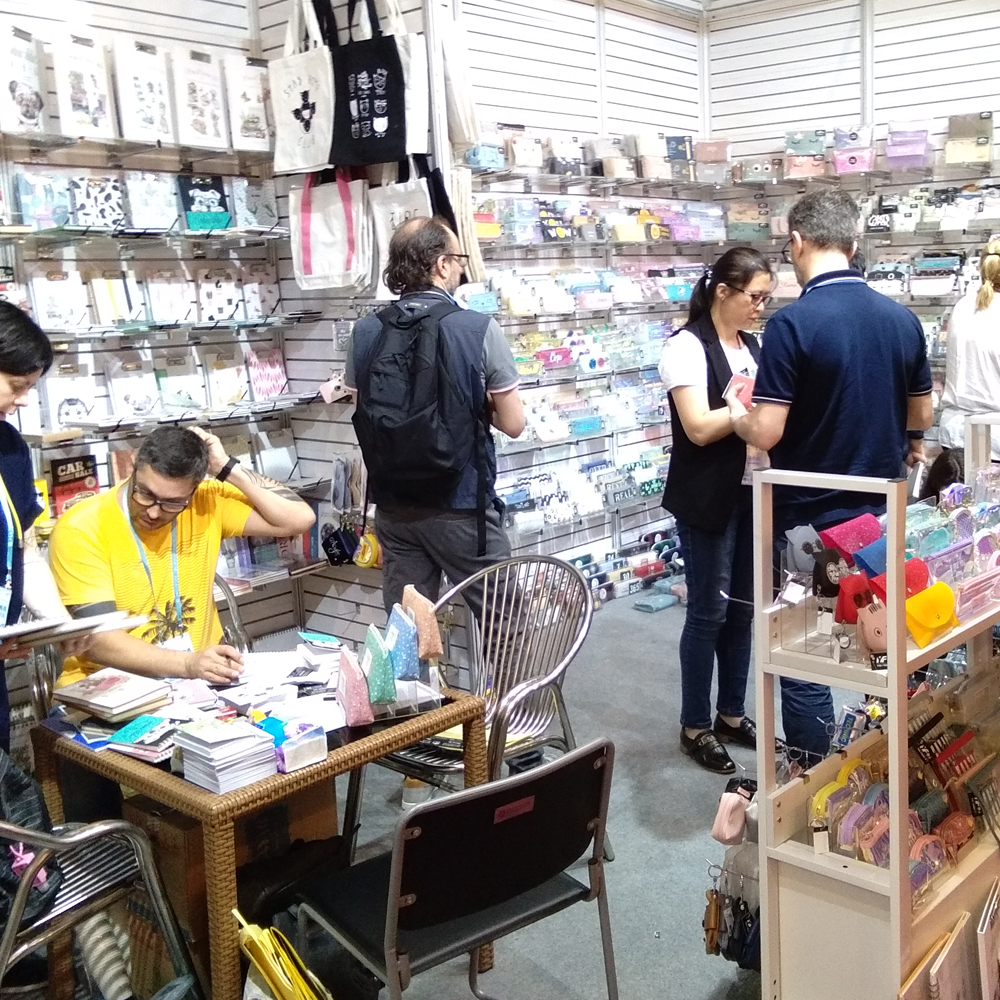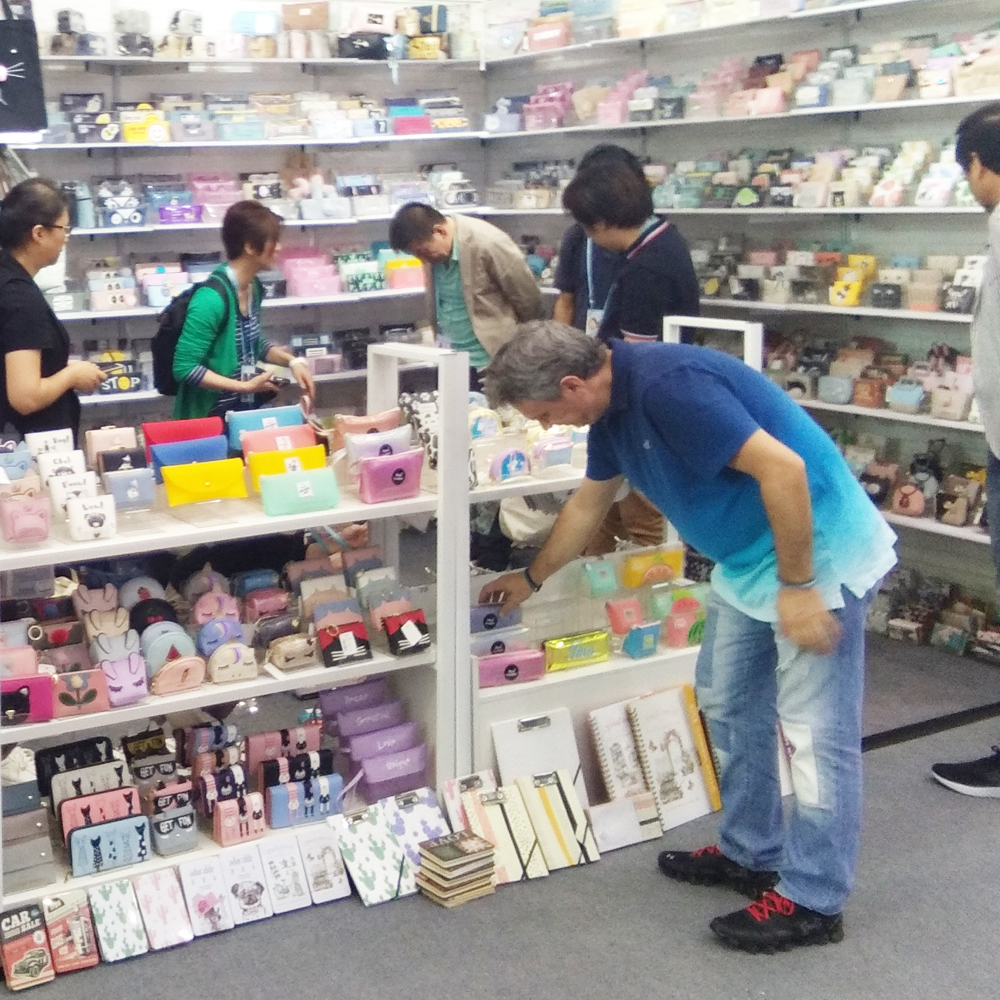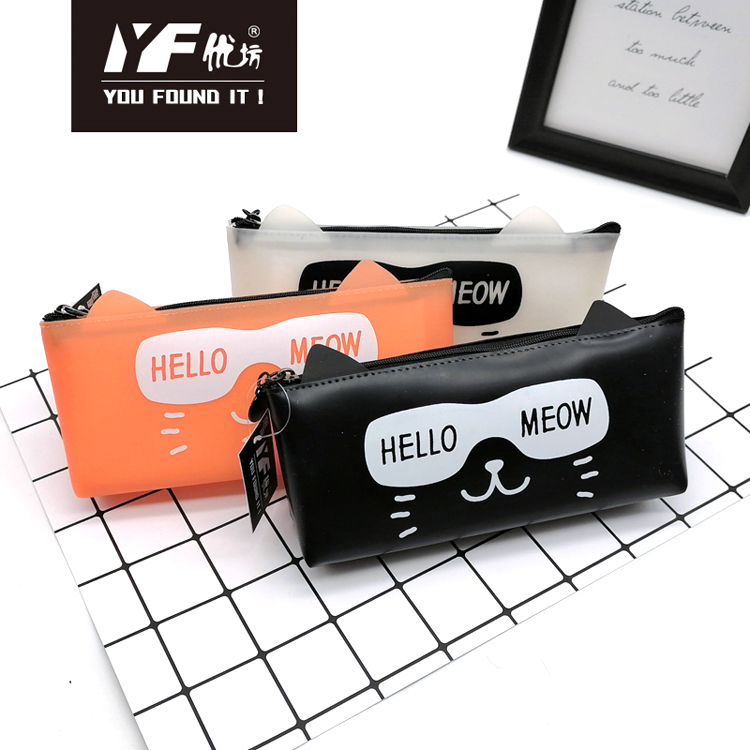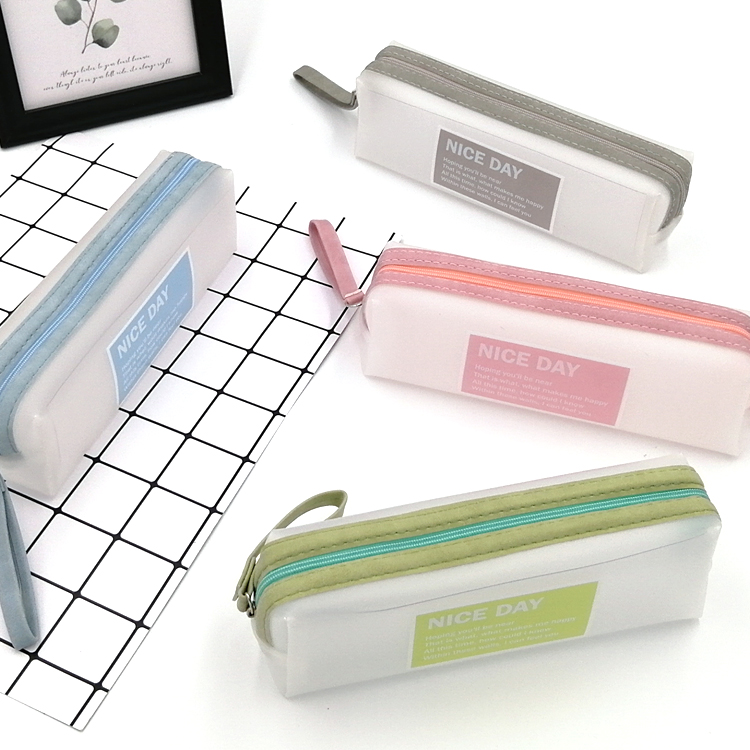Second, the production of screen printing plate
1. The basic process of photographic emulsion direct plate making
The photographic emulsion direct plate making method is currently a kind of screen printing plate making method that is commonly used in China, and its process flow mainly includes the following points.
(1) Degreasing. Before fabricating the screen, the screen must be degreased with a suitable degreasing agent. Care must be taken not to use household decontamination powders or detergents.
(2) Dry. The degreased wire mesh is rinsed with clean water, and all moisture on the plate is sucked with a gas brush, and then placed in an oven at 30-40[deg.] C. for thorough drying.
(3) Coated photoresist. The diazo emulsion is evenly applied to the screen using a suitable applicator, usually wet to wet.
(4) Drying of the screen. The screen plate coated with the emulsion was placed horizontally in a drying oven with the printing face down. The drying temperature should not exceed 40°C.
(5) Screen replenishment glue. In order to eliminate the unevenness of the photosensitive layer of the screen plate, a layer of sensitized emulsion may be added to the printing surface of the screen plate.
(6) Drying of the screen. Dry the screen again using the same method as the first drying. Note that the drying temperature must not exceed 40 °C.
(7) Exposure of the screen. The screen is exposed using a suitable light source, such as a metal halide lamp, and the exposure time is determined by a graded exposure.
(8) Screen development. With a suitable water pressure spray gun spray development, the screen on the graphic completely washed out.
(9) Drying of screens. Wipe the excess moisture from the screen gently with an unused white paper or absorbent cloth. If it is mass-produced, special equipment is used to suck in moisture, and finally the screen plate is dried in a drying oven.
(10) Revised edition. The water-soluble mesh filler is used to cover the pinholes or other defects present on the screen.
2. The point of direct plate making of emulsion
One of the important factors to be aware of when making a high-quality emulsion screen is that the screen must be uniform and the emulsion should cover the screen completely. It is necessary to first apply the adhesive on the printing surface of the screen 1 to 2 times, and then immediately apply the adhesive on the squeegee surface 2 to 4 times, and wet the wet-squeegee, followed by drying. After drying, it is applied on the printing surface 1 or 2 times to make the thickness of the photosensitive layer reach the final requirement. Each sizing must be performed after the previous adhesive layer has dried.
The main factors determining the number of screen printings are the printing requirements and the fineness of the screen, including the following points.
(1) Lines. For prints with a high definition, use a mesh of 90 mesh/cm or finer. In general, the thickness of the photosensitive layer is approximately 15% to 25% of the thickness of the screen, and should generally be between 10 and 18 μm.
(2) Mesh tones. Mesh printing requires a thinner ink layer, so the thickness of the photosensitive layer is also very thin, about 10% of the screen thickness, generally 4 ~ 8μm.
(3) UV inks. When printing with UV inks, the amount of ink should be as small as possible. In general, the photosensitive layer on the screen printing surface should not exceed 5 μm.
(4) The quality and fineness of the screen are another important factor in determining the number of coating of the main screen of the screen.
(5) Manual gluing usually uses a scraper bucket. The edge of the squeegee must be very sleek, and it should be tilted upwards over the entire length to ensure even coating on the entire screen, including the center of the screen.
(6) Since many diazo sensitizers and their sensitized emulsions have a strong acidic reaction, aluminum scraper buckets are easily damaged, and metal-coated scraper buckets are oxidized after being used for a short time. Destruction of the composition of the emulsion, fine foam and scum will appear in the emulsion at this time, so you should use a non-oxidizing type of plastic scraper.
3. Analysis of common failures and causes of direct plate-making of emulsions
(1) Fish-eye bulges appear after gluing
Analysis of the causes: The degreasing of the screen before coating is not complete, or there are dust particles on the screen.
(2) Bubbles appear during the gluing process
Analysis of the reasons: The glue applicator is running too fast and the air is flooded into the mesh to form bubbles. Generally, coarse screens are prone to such problems.
(3) After the exposure, the photosensitive layer is not firmly adhered
The reason is analyzed as follows.
1 The photosensitive layer is not completely dry before exposure.
2 The exposure time is too short.
3 The performance of the exposure lamp is not good, the light energy is insufficient, and an optical integrator should be used for exposure.
4 Photosensitivity of the emulsion is poor, and the diazo component is not completely dissolved in water.
5 The air humidity is too high. The painted screen plate feels completely dry when it is touched. It is not completely dry.
(4) Light scattering causes loss of fine-grained image on the screen
Analysis of Causes: When printing, the use of white screens is prone to light scattering, and orange screens are used to minimize light scattering. However, compared with the white screen, the exposure time of the dyed screen is increased by 75% to 100%.
(5) sawtooth effect
Analysis of the reasons: The photographic emulsion is not well-squeegeed and the photosensitive layer of the screen printing surface may be too thin.
(6) The halftone printing dots stick to each other
Analysis of the reasons: When screen printing is required, the photosensitive layer of the screen is required to be thinner, and if necessary, the number of times that the photoresist is applied may also be reduced. If the photoresist layer is thick, the amount of ink that adheres during printing is excessive, resulting in the adhesion of dots to each other, especially in the dark image area. This phenomenon is more obvious.
(7) Difficult to release film
The reason is analyzed as follows.
1 After the printing, the screen plate was not washed in time, or was not completely washed. Some of the ink was dried on the screen plate.
2 Due to the influence of the solvent, the screen plate still contains ink, and the release film cannot dissolve the photosensitive adhesive. Before the film is removed, the degreasing must be performed again.
3 The release fluid is not suitable.



